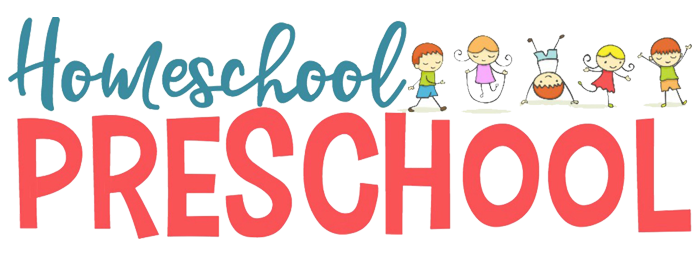5 Ways to Study the Moon with Preschoolers
Explore the wonders of outer space and study the moon with preschoolers with these fun and engaging moon activities!
Studying the moon can be an exciting and educational experience for little kids.
From reading books about the moon to pretending to be astronauts, many creative activities can help preschoolers learn more about this celestial body.
On Moon Day or any day of the year, you can introduce your child to the moon in a fun way!

Moon Day is a special day that celebrates the first time people walked on the moon.
On July 20th, 1969, American astronaut Neil Armstrong became the first person to set foot on the moon during the Apollo 11 mission.
Moon Day provides an opportunity to learn about space and space exploration and encourages kids to imagine themselves exploring space.
It’s a great day to get curious about space and to engage in fun activities that help young learners get excited about science and astronomy.
Moon study teaches preschoolers about human potential and leads to deeper appreciation for our vast universe.
Study the Moon with Preschoolers
Studying the moon with preschoolers can be a fun, engaging, and exciting learning experience that introduces them to the wonders of space and science.
There are numerous ways to approach this study that will help young learners expand their knowledge and creativity.
Exploring the moon through science, art, senses, or play sparks lifelong curiosity and wonder in young learners.
Read a Book About the Moon
Introducing the universe to young learners via moon books is valuable and engaging. While there are many wonderful books about the moon, I especially adore Moon by Steve Tomecek.
Moonstruck Cat and his firefly pal introduce children to the moon. They compare the moon to Earth and the sun. You learn about Galileo, the moon landings, and more!
This fun book is a great way to introduce younger kids to the moon.
Act out being an astronaut
Moon Day wouldn’t be complete if your preschooler didn’t act out a trip to the moon. Having preschoolers act out being an astronaut helps promote imaginative play, social interaction, and an understanding of the roles of scientists, explorers, and space travelers.
So build a tent, I mean a spacecraft, in the living room and send your preschooler off just like the astronauts Neil Armstrong, Michael Collins, and Edwin “Buzz” Aldrin did on July 16th.
Give your child bits of cheese and a water bottle for the trip and explain why. After all, cracker crumbs hang in the air when there’s no gravity and water drops float around the cabin. Astronauts need to eat non-messy foods so the cabin doesn’t become dirty.
Remind your preschool that it took several days to actually reach the moon because it’s really far, far, far away.
Land on the moon
Now, it’s time to act out the first moon landing! The Apollo spacecraft has reached the moon. Peek out the window and have your child tell you what they see on the moon. Be prepared for some silly answers. My own kids get very imaginative at times!
Explain that the Apollo spacecraft wasn’t able to actually land on the moon, so the astronauts used a lunar landing craft to travel from the spaceship to the surface of the moon.
Have your preschooler pilot a lunar landing craft to the moon!

Re-enact the First Steps on the Moon
Act out the landing on the moon, complete with Neil Armstrong’s words, “…one small step for a man, one giant leap for mankind.”
Have your child take a look around, pick up rocks to take home, and feel the ground. What’s it like on the moon? Are there flowers and plants or only dust and rocks?
After your child has finished exploring the moon’s surface, remember to fly the lunar landing craft back to the Apollo before heading back to Earth!
Head Outside to Look at the Moon
Head outside to take a look at the moon in the night sky. Ask your child about why the moon shines, what the shady areas are, and think about how far away the moon is.
This is a great time to review or teach phases of the moon. You could print out some free printable moon phases 3 part cards for a visual reference.
Ask your preschooler if they know what shape the moon is right now. Is it a full moon, new moon, or crescent moon? What makes the moon change shape like it does?
If you can, pull out binoculars or a telescope to get a closer look at the moon. Can you identify any of the moon craters?

July 20th is a fabulous time to study the moon with your children. Use your imagination to recreate the Apollo 11 mission, try the crater activity from the Moon book, and enjoy learning with your kids.
Have you celebrated Moon Day with your children?


I think the article is very informative and it provides helpful and practical ideas for parents or teachers who want to teach preschoolers about the moon.